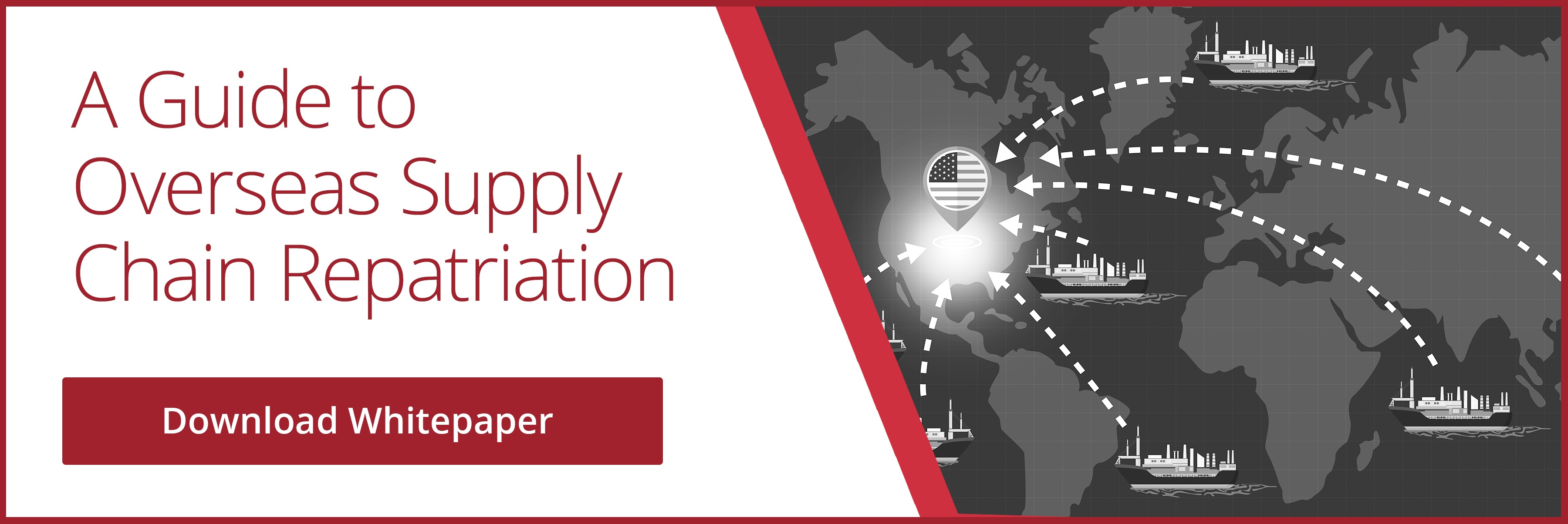The introduction of artificial intelligence (AI) in the quality and regulatory functions is not a...
What is Regulatory Strategy?
Developing an effective regulatory strategy is more than following the step-by-step requirements outlined by a regulatory agency. It's a proactive process that helps you refine your product development goals and get your product to market faster. With the help of an experienced regulatory strategist, you can create a plan that addresses potential competitors, various regulatory requirements at different project stages, and more. Read on to learn more about what a regulatory strategy is and how to build one from start to finish.
What Is a Regulatory Strategy?
A regulatory strategy is a business's game plan for managing the entire regulatory process so business actors can proactively communicate with regulatory bodies, complete requirements as efficiently as possible, and integrate the steps of the regulatory approval process into the product design. Regulatory frameworks often have an impact on product design, testing rigor and procedures, product labeling, and even marketing. A regulatory strategy organizes all of these steps so they complement — rather than obstruct — business processes. The components of a regulatory strategy include:
- A plan document that includes the regulatory requirements for a specific product
- The strategic plan for communicating with regulatory bodies
- Identification of specific Intended Use(s) for the product
- Marketing claims needed to achieved business objectives after product approval
- An outline of the process, anticipated timelines
- Lists of risks or costs that can jeopardize the regulatory process
- Considerations that jeopardize the profitability or timely release of a product
Why Have a Regulatory Strategy?
Regulatory frameworks are often non-negotiable. By staying ahead of the process with a robust regulatory strategy, businesses can better meet deadlines and obligations. Some of the benefits of a regulatory strategy include:
- Being able to determine the right-fit regulatory pathway for your project's specific needs
- Efficient development of an appropriate clinical trial plan
- Proactive investigation into potential obstacles
- Cost savings from avoiding mistakes or misapplied clinical studies
- Better ability to assess a product's value on the market and the need for future financing partners
What Does a Regulatory Strategist Do?
A regulatory strategist is a professional with years of experience managing regulatory requirements and creating successful regulatory strategies. They can bring that experience to the regulatory strategy creation process. They analyze key product attributes, regulatory requirements, and your business's short- and long-term goals to create a customized strategy that best achieves those goals in a cost-efficient way. Because of their experience, regulatory strategists also know how to navigate through different programs and pathways for approval, including any applicable special designations and expedited trial processes. If your business is on a pathway to developing a new product, a regulatory strategist can help you reach the finish line on schedule while avoiding costly missteps.
How Do You Develop a Regulatory Strategy?
A regulatory strategy is more than choosing the right pathway; in fact, that's only one step in the six-step process of successfully developing a strategy. Read this overview of each step to better understand how a regulatory strategy comes together:
- Choose the Target Market
Before you can determine the path to your market, you need to choose the right market for your product. Identify your target market based on their market size, the profitability of the market (which can be impacted by pricing requirements and medical practices), and more. Different geographic markets also have different regulatory agencies, so you should know which ones will need to approve your product.
- List the Product Attributes
Thoroughly defined your product based on its form, its intended purpose, and its classification type. Not only will these details play an important part in securing funding or customers, but the attributes can actually impact which regulatory standards you must meet. Even during early development, create a list of known or proposed features, potential regulatory issues or questions, and the intended use and benefits for the users.
- Conduct Regulatory Intelligence
The more you know about the legal and industry requirements that make up your product's environment, the better you can plan for them. In your regulatory strategy, research these three key areas of intelligence:
- Competitor Information: You should know what competing products are already on the market or are in the process of developing. This can help you determine if a product needs a new focus or if you need to streamline development to beat a competitor to market.
- Regulatory Environment: By researching the development of competitor or similar products, you can analyze their route to approval. Seeing how a comparable product navigated the FDA's premarket requirements, for example, can let you either leverage the process and/or find areas for improvement.
- Legal Requirements: Regulatory strategies often require legal components such as filing an Investigational Device Exception (IDE) and other patent documents. Knowing these requirements ahead of time can allow legal representatives to file the documents properly to protect your new product.
- Determine Device Classification
Different device or product classifications have different verification scopes, timelines for approval, and estimated costs for bringing the product to market. Determining your device classification early in the process can help you manage risks and create the right controls as the product continues to develop.
- Identify Available Regulatory Pathways
Every regulatory agency has its own set of possible pathways, so the earlier determination of your target market is now crucial. The FDA, for example, has a diverse array of pathways, including:
- Biologics License Application (BLA)
- De Novo Classification Request
- Humanitarian Use Exemption (HDE)
- Premarket Approval (PMA)
- Premarket Notification (510(k))
- Product Development Protocol (PDP)
Researching each of the relevant options for your chosen area and field can help you choose the best fit.
- Compare Pathways
This next step is when you or your regulatory strategies finalize which route to approval is the best fit based on your product's particulars and your research. Compare the duration of each process, any potentially costly requirements, and the robustness of the end approval. By the end of this step, you'll determine which pathway is right for your product and timeline.
- Create a Living Document
As your regulatory strategy comes together, nothing will be concrete. FDA requirements (or the requirements of other regulatory agencies) may change to include new regulations or modify old processes. While your regulatory strategy is still in play, your team should be alert for new developments, restrictions, and requirements so you can adjust your total strategy.
Your Regulatory Strategy Should Be More Than Just Choosing a Regulatory Pathway
Satisfying regulatory requirements and bringing your product to market is a long, involved process. By creating a strategic plan, you can sidestep obstacles, plan for future requirements, and develop a comprehensive approach to profitably release your product. A robust regulatory strategy ensures your regulatory approval matches your product goals, helps you reach the market faster, and reduces costs. Stay ahead of regulatory developments and affairs that can impact your products by subscribing to our blog for fresh insights.


%20in%20Quality%20%26%20Regulatory%20-%20Website%20Image.jpg?height=200&name=Impacts%20of%20Artificial%20Intelligence%20(AI)%20in%20Quality%20%26%20Regulatory%20-%20Website%20Image.jpg)

